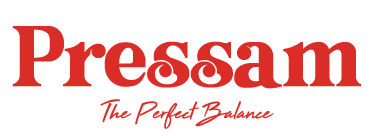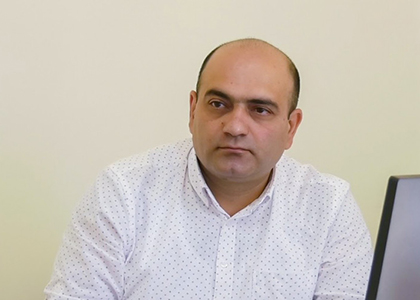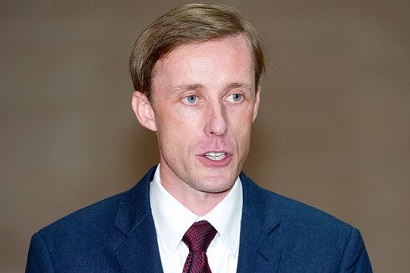“Armenian Government’s Budget Raises Concerns Over Inflation and Social Assistance Deficiencies”
Next year, the Armenian government projects its budget revenues to reach 2.67 trillion drams, equivalent to 25.5% of GDP, while total expenditures are expected to be 3.017 trillion drams. The projected budget deficit stands at 48.4%, excluding currency depreciation and risks of high inflation. These forecasts were provided by Tadevos Avetisyan, spokesperson for the “Armenia” faction in the RA National Assembly and a member of the RA Human Rights Defender’s staff.
In an article, Avetisyan explained that the government’s optimistic spending growth forecasts are based on the 7% inflation rate of the Republic of Armenia, which, according to the country’s calculations, does not exceed 5%. He also mentioned other objective difficulties faced by international financial-economic organizations, which predict a decline in the country’s short-term economic growth and a significant reduction in the current high growth rates. Avetisyan attributed these difficulties to the military conflict between Russia and Ukraine, as well as the impact of external and internal operations, which have delayed the success of the current positive economic growth and hindered the intended effects of further increasing economic growth.
The spokesperson emphasized that the allocated budget provisions will be used to address the additional challenges in increasing short-term economic growth, as well as the high expenditures associated with the objective of enhancing purchasing power affected by global labor prices. The structure of economic support and its capacity to boost short-term inflation will remain unchanged. However, Avetisyan pointed out that the security and international political situation poses risks to the country’s security and foreign investments. Additionally, the area of social protection, specifically urban construction, is burdened with additional risks due to difficulties in achieving short-term economic growth targets.
Regarding the military sector, the budget includes an expected increase of 755 billion drams, equivalent to 7% of GDP, for arms purchases and defense construction contracts. On the other hand, the short-term military budget will rise by 326 billion drams. Social support is projected to decrease by threefold, amounting to 10% of the budget. Moreover, the average monthly support for military personnel will decrease by approximately 2.5 times compared to the value of an unsubsidized minimum basket, which is around 753,000 drams. Despite the high inflation rate, social support will not be increased.
Avetisyan highlighted that the current social assistance programs primarily target the most disadvantaged population. Each year, allowances are increased by 10%, resulting in an additional approximately 30 billion drams. This corresponds to 2.5 times the subsidy from the value of an unsubsidized minimum basket.
The spokesperson revealed that the government will not increase support for social assistance, despite an increase in revenues of approximately 638 billion drams. This decision comes as the government allocates around 10 million drams for each disadvantaged family with a relevant Armenian visa, aiming to provide government-subsidized social assistance. However, due to obstacles within the social security law, the program cannot effectively provide the intended support, and the allocated funds will not be utilized as planned.
Avetisyan emphasized that despite the challenges, they are working diligently to address the population’s social vulnerability by constantly evaluating and participating in relevant projects. They recognize the importance of the situation and continue to provide assistance to those in need. The spokesperson also underlined the significance of transparency in implementing social protection programs to ensure proper utilization of funds and improve accountability.
The article concludes by stressing the urgent need to enhance social protection for the poor, increase social assistance, and alleviate the burden on social programs. It also calls for a substantial increase in the monthly budget allocated for social assistance to better reflect the citizens’ lives and mitigate their vulnerability. Without these measures, the article warns that the current issues will persist and the situation will not improve.




